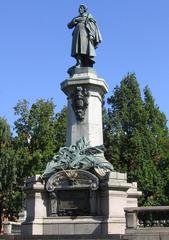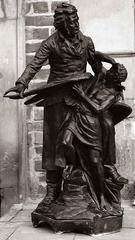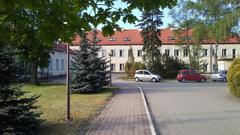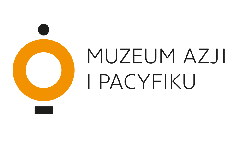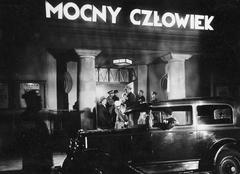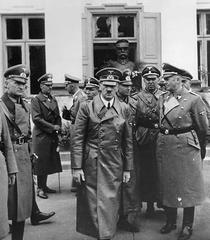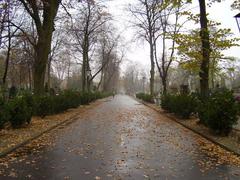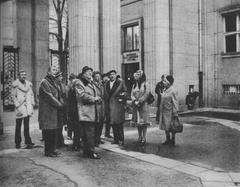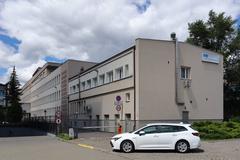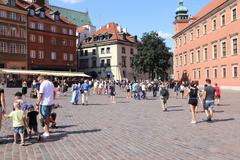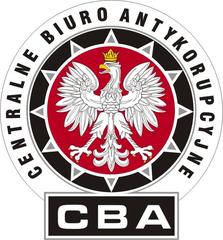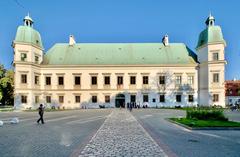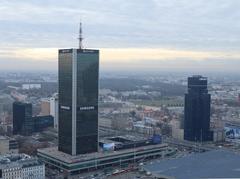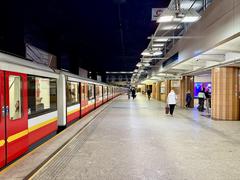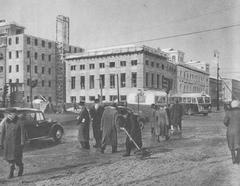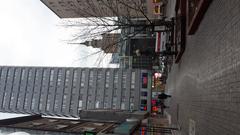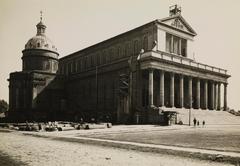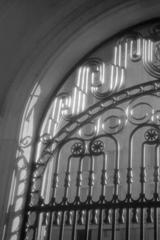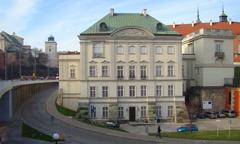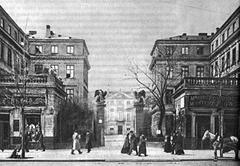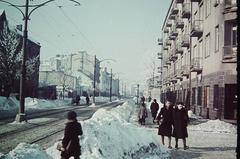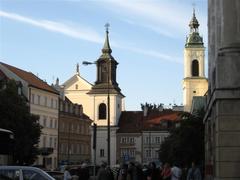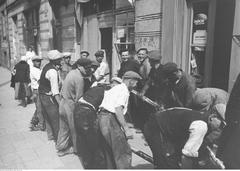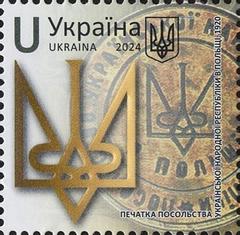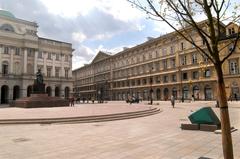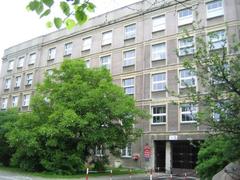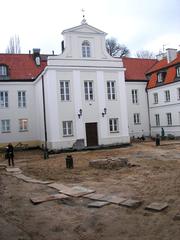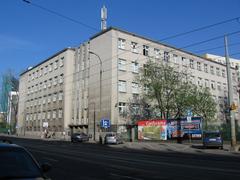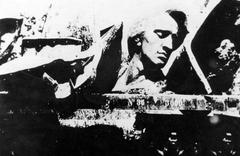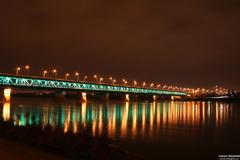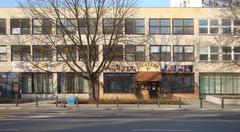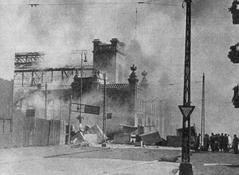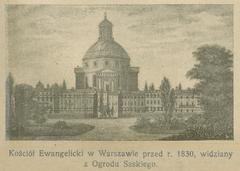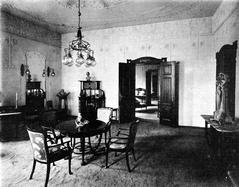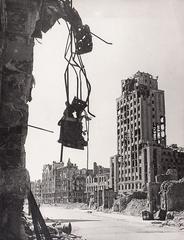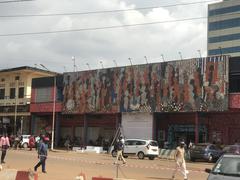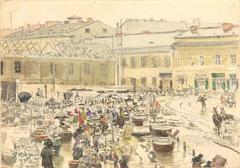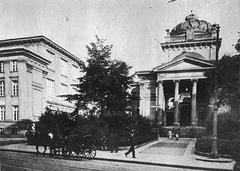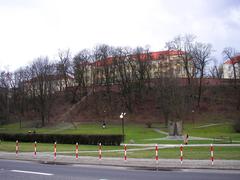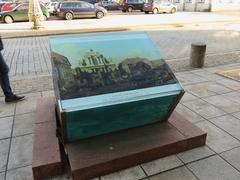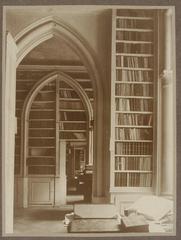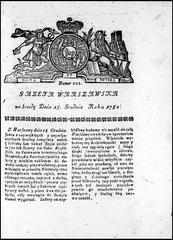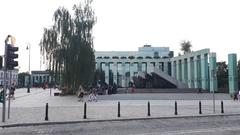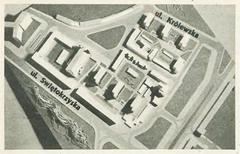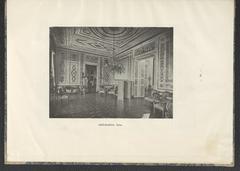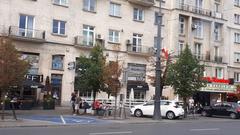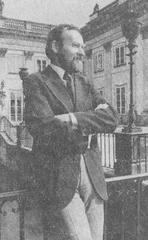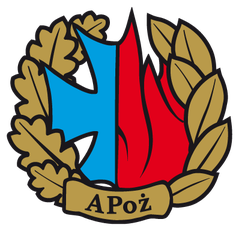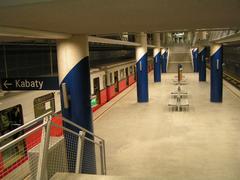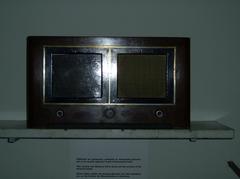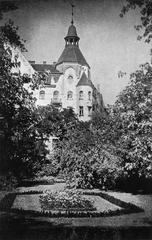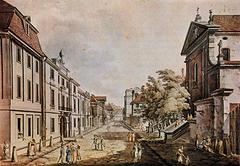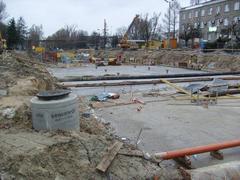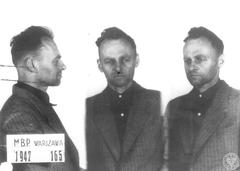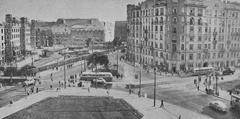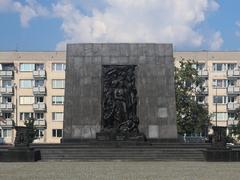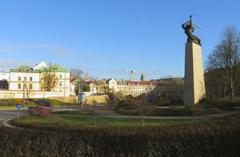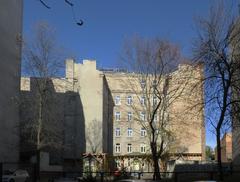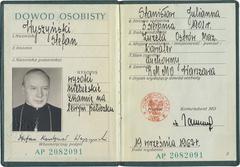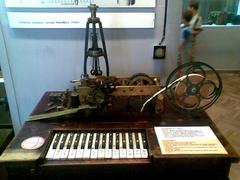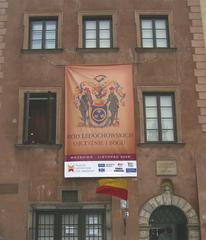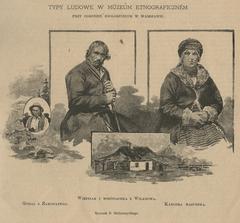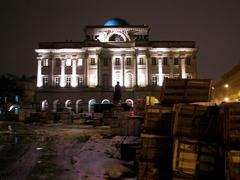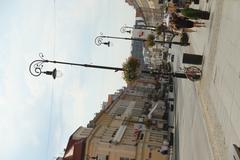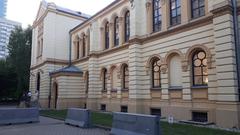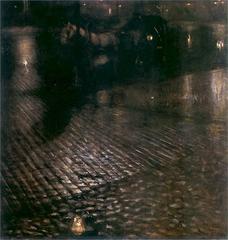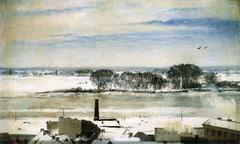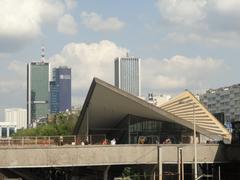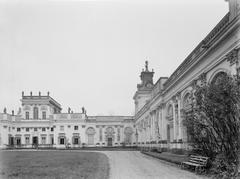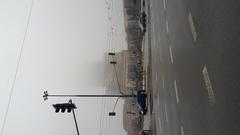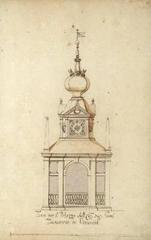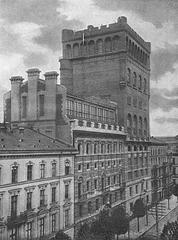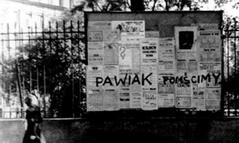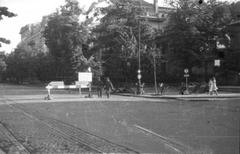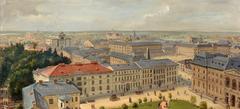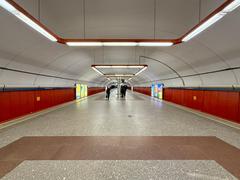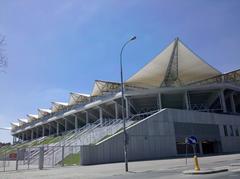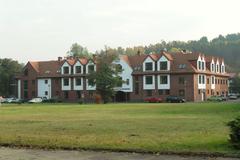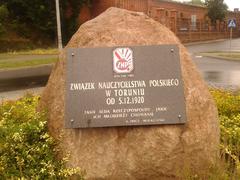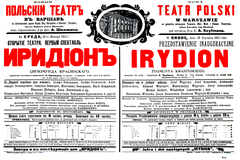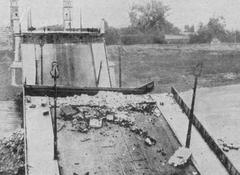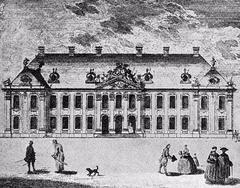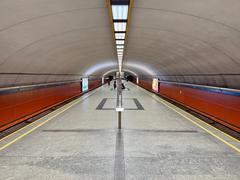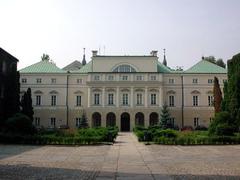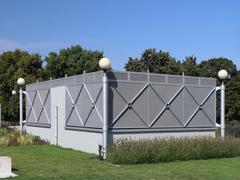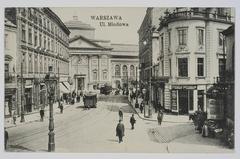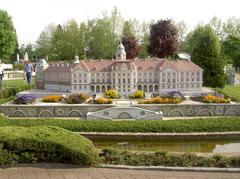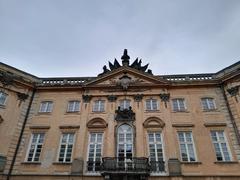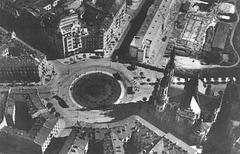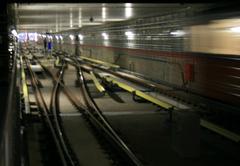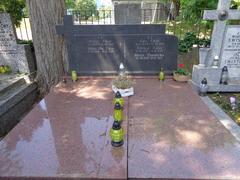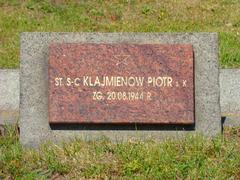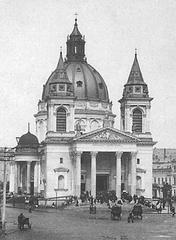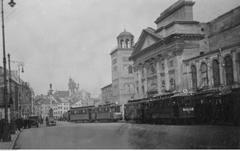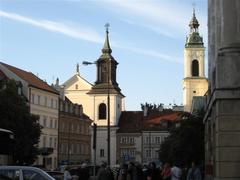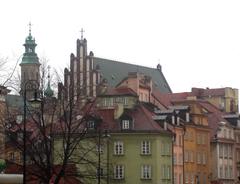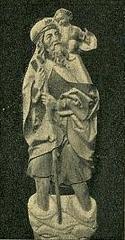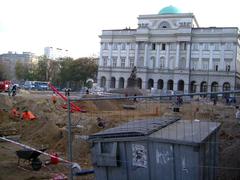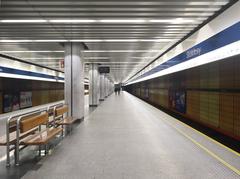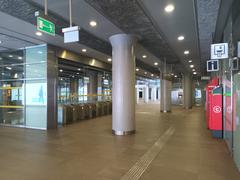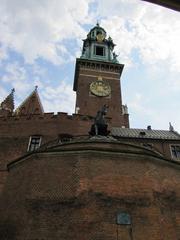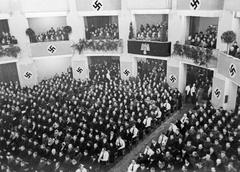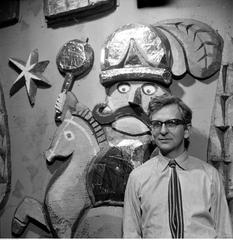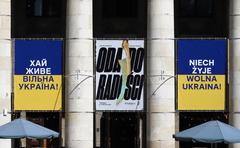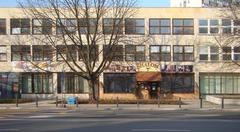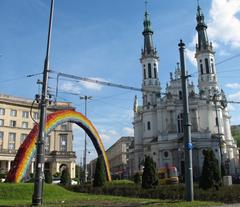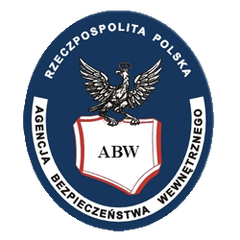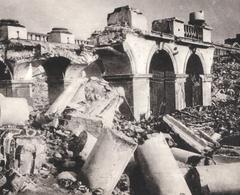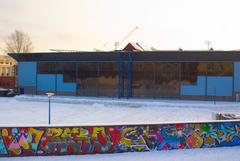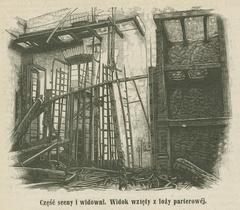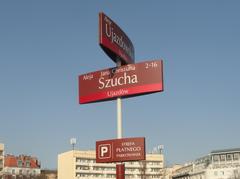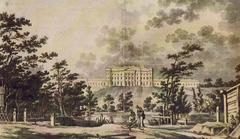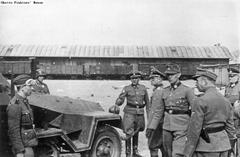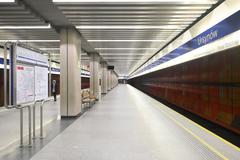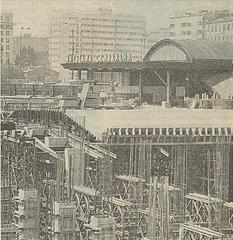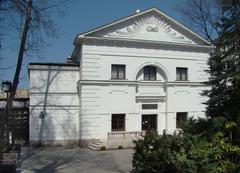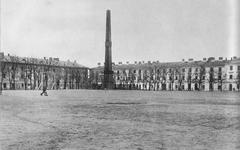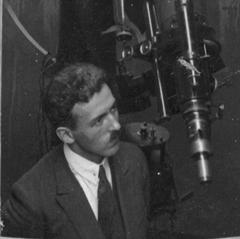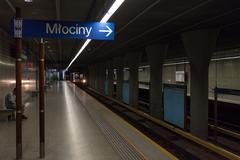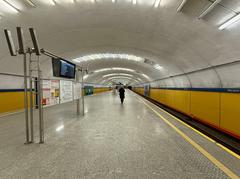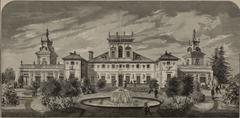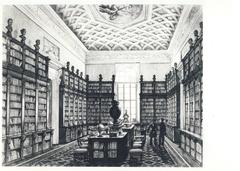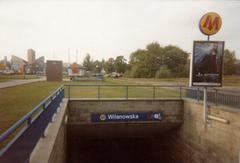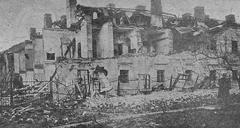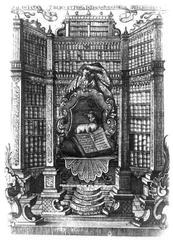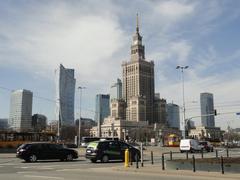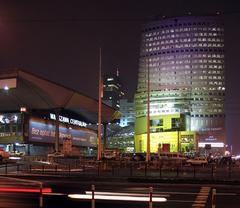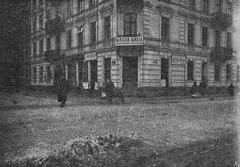
Comprehensive Guide to Visiting Warsaw Uprising Museum, Warsaw, Poland
Publication Date: 17/07/2024
Introduction
The Warsaw Uprising Museum, known as Muzeum Powstania Warszawskiego in Polish, serves as a monumental tribute to the brave souls who participated in the 1944 Warsaw Uprising. This museum was established to commemorate one of the most significant and harrowing events in Polish history, wherein the Polish underground resistance, the Home Army (Armia Krajowa), aimed to liberate Warsaw from German occupation during World War II. Opened on July 31, 2004, the museum was established to mark the 60th anniversary of the uprising and is housed in a former tram power station, which itself is a testament to Warsaw’s industrial heritage (Warsaw Uprising Museum) (Warsaw Uprising).
The museum’s design and exhibits are meticulously curated to provide an immersive and educational experience, integrating traditional exhibits with multimedia presentations and interactive displays. Visitors can explore various thematic sections that highlight different aspects of the uprising and World War II. Notable exhibits include a replica of the city’s sewer system used by resistance fighters and a statue of the ‘Little Insurgent,’ commemorating the children who participated in the uprising.
For those planning to visit, the museum offers practical information such as opening hours, ticket prices, and accessibility details. It is conveniently located at Grzybowska 79, 00-844 Warsaw, Poland, and is easily accessible via public transport. This guide aims to provide a comprehensive overview of the museum’s history, exhibits, and visitor information, ensuring a meaningful and educational experience for all who visit.
Table of Contents
- Introduction
- History of the Museum
- Development and Design
- Exhibits and Collections
- Visitor Information
- Educational and Cultural Significance
- Commemorative Events and Activities
- Visitor Experience
- Preservation and Future Plans
- FAQ
- Conclusion
Exploring the Warsaw Uprising Museum - History, Tickets, and Visitor Information
History of the Museum
Origins and Establishment
The Muzeum Powstania Warszawskiego was established to commemorate the Warsaw Uprising of 1944. The idea for the museum was first proposed in the 1980s, but it wasn’t until the early 2000s that the project gained momentum. The museum officially opened its doors on July 31, 2004, marking the 60th anniversary of the uprising. The establishment of the museum was a collaborative effort between the Warsaw city government and various historical and cultural organizations. The museum is housed in a former tram power station, a building that itself is a testament to Warsaw’s industrial heritage (Warsaw Uprising Museum).
The Warsaw Uprising of 1944
The Warsaw Uprising was a major World War II operation by the Polish underground resistance, the Home Army (Armia Krajowa), to liberate Warsaw from German occupation. The uprising began on August 1, 1944, and lasted for 63 days, ending on October 2, 1944. Despite initial successes, the uprising was ultimately crushed by the German forces, leading to massive casualties and the near-total destruction of Warsaw. Approximately 16,000 members of the Polish resistance were killed, and between 150,000 and 200,000 civilians lost their lives. The aftermath saw the systematic destruction of the city by the Germans, with around 85% of Warsaw being razed to the ground (Warsaw Uprising).
Development and Design
The design and development of the museum were meticulously planned to provide an immersive and educational experience. The museum’s layout and exhibits were designed by a team of historians, architects, and multimedia experts. The goal was to create a space that not only presented historical facts but also conveyed the emotional and psychological impact of the uprising. The museum’s design incorporates a mix of traditional exhibits, multimedia presentations, and interactive displays. One of the most striking features is the replica of the B-24 Liberator bomber, which hangs from the ceiling in the main exhibition hall (Warsaw Uprising Museum).
Exhibits and Collections
The museum’s exhibits are divided into several thematic sections, each focusing on different aspects of the uprising and the broader context of World War II. The main exhibition is spread over several floors and includes photographs, documents, personal belongings, and weapons used during the uprising. One of the most poignant exhibits is the “Little Insurgent” statue, which commemorates the children who participated in the uprising. The museum also features a replica of the city’s sewer system, which was used by the resistance fighters to move around the city undetected (Warsaw Uprising Museum).
Visitor Information
Tickets and Opening Hours
- Opening Hours: The Warsaw Uprising Museum is open from 10:00 AM to 6:00 PM from Tuesday to Sunday.
- Ticket Prices: General admission is 25 PLN for adults, with discounts available for students, seniors, and groups.
Travel Tips
- Location: The museum is located at Grzybowska 79, 00-844 Warsaw, Poland.
- Public Transport: Easily accessible via tram and bus. The nearest tram stop is Muzeum Powstania Warszawskiego.
Nearby Attractions
- Attractions: Nearby, visitors can explore other historical sites such as the POLIN Museum of the History of Polish Jews and the Royal Castle.
Educational and Cultural Significance
The Muzeum Powstania Warszawskiego serves as an important educational resource, providing visitors with a comprehensive understanding of the Warsaw Uprising and its significance in Polish history. The museum offers a range of educational programs, including guided tours, workshops, and lectures. These programs are designed to engage visitors of all ages and backgrounds, fostering a deeper appreciation for the sacrifices made by the resistance fighters and the resilience of the Polish people. The museum also plays a crucial role in preserving the memory of the uprising for future generations, ensuring that the lessons of history are not forgotten (Warsaw Uprising Museum).
Commemorative Events and Activities
In addition to its permanent exhibits, the museum hosts a variety of commemorative events and activities throughout the year. These include anniversary celebrations, historical reenactments, and cultural performances. One of the most significant events is the annual commemoration of the start of the uprising on August 1, which includes a moment of silence at 5:00 PM, the exact time the uprising began. The museum also collaborates with other cultural institutions and organizations to promote awareness and understanding of the Warsaw Uprising and its legacy (Warsaw Uprising Museum).
Visitor Experience
The visitor experience at the Muzeum Powstania Warszawskiego is designed to be both informative and emotionally impactful. The museum’s use of multimedia and interactive exhibits allows visitors to engage with the history of the uprising in a dynamic and immersive way. Audio guides are available in multiple languages, providing detailed explanations of the exhibits and the historical context. The museum also offers special programs for school groups and families, making it accessible to a wide range of visitors. The on-site café and bookstore provide additional opportunities for visitors to learn more about the history of the uprising and its significance (Warsaw Uprising Museum).
Preservation and Future Plans
The Muzeum Powstania Warszawskiego is committed to the ongoing preservation of its collections and the continued development of its exhibits and programs. The museum regularly updates its displays and incorporates new research and findings into its exhibits. Future plans include the expansion of the museum’s educational programs and the development of new interactive exhibits. The museum also aims to strengthen its partnerships with other cultural and historical institutions, both in Poland and internationally, to promote a broader understanding of the Warsaw Uprising and its impact on world history (Warsaw Uprising Museum).
FAQ
- What are the visiting hours for the Warsaw Uprising Museum? The museum is open from 10:00 AM to 6:00 PM, Tuesday to Sunday.
- How much are the tickets for the Warsaw Uprising Museum? General admission tickets are 25 PLN, with discounts for students, seniors, and groups.
- Where is the Warsaw Uprising Museum located? The museum is located at Grzybowska 79, 00-844 Warsaw, Poland.
- Is the museum accessible via public transport? Yes, the museum is easily accessible via tram and bus. The nearest tram stop is Muzeum Powstania Warszawskiego.
Conclusion
The Muzeum Powstania Warszawskiego stands as a powerful testament to the courage and resilience of the Polish people during one of the most challenging periods in their history. Through its comprehensive exhibits, educational programs, and commemorative events, the museum ensures that the legacy of the Warsaw Uprising is preserved and honored for future generations. Visitors are provided with a profound and moving experience that deepens their understanding of the sacrifices made by the resistance fighters and the enduring spirit of Warsaw. Plan your visit today to explore this pivotal historical site and gain a deeper appreciation for Warsaw’s rich history (Warsaw Uprising Museum).
References
- Warsaw Uprising Museum. (n.d.). Retrieved from https://www.1944.pl
- Warsaw Uprising. (n.d.). In Wikipedia. Retrieved from https://en.wikipedia.org/wiki/Warsaw_Uprising







